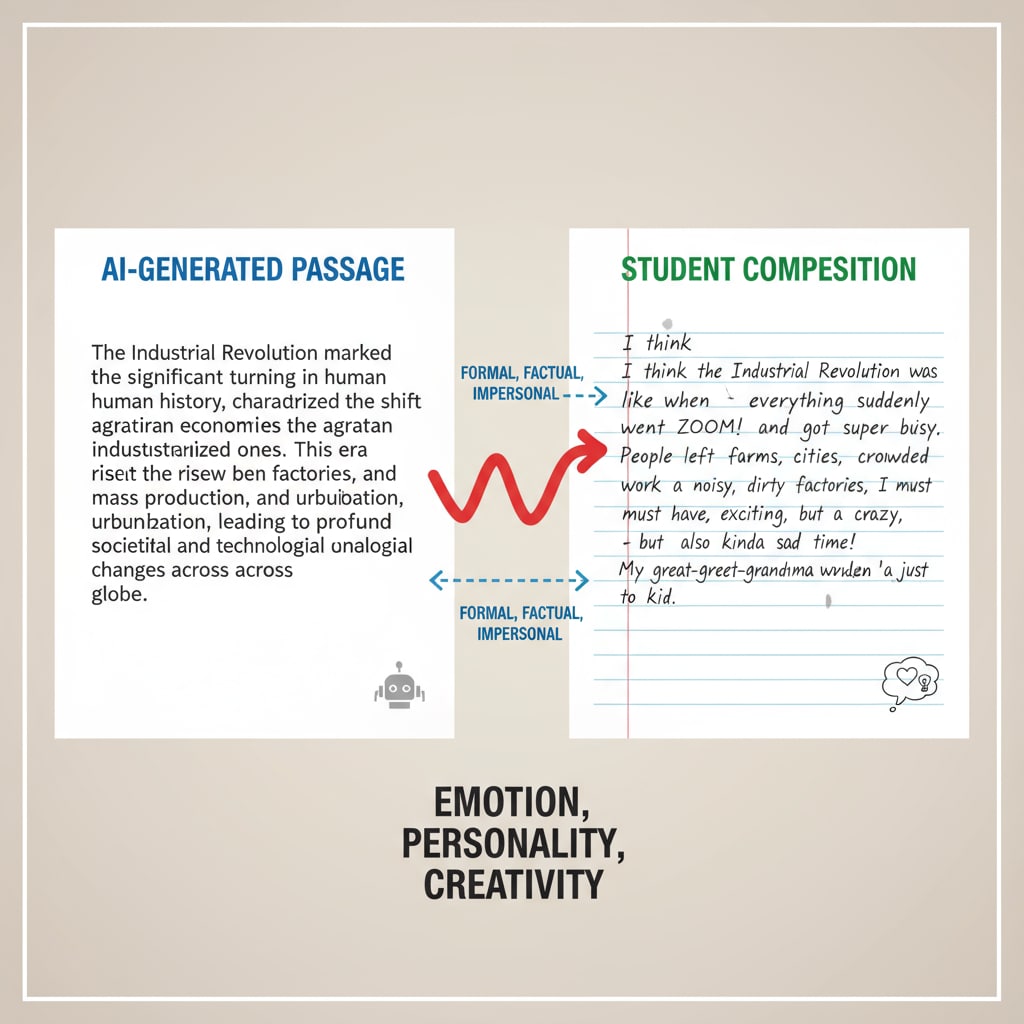In the age of rapid technological advancement, the concepts of writing authenticity, AI detection, and teaching methods have become crucial in the field of education. As artificial intelligence writing tools become increasingly prevalent, educators are faced with the challenge of teaching students the true value of writing. By comparing the characteristics of AI-generated texts and students’ compositions, we can uncover the essence of real writing and impart it to the younger generation.

The Rise of AI in Writing
AI has made significant inroads into the writing domain. Tools like GPT-3 and others can generate text on various topics with remarkable speed. However, these texts often lack the depth of human thought. For example, AI might be able to string together grammatically correct sentences, but it struggles to infuse genuine emotions. According to Wikipedia’s page on Artificial Intelligence in Literature, AI-generated works lack the organic creativity that human writers possess.

The Uniqueness of Student Writing
Student writing, on the other hand, is rich in authenticity. When students write, they pour in their personal experiences, perspectives, and emotions. A student’s composition might not be perfect in terms of grammar or style, but it reflects their growth and learning process. For instance, a narrative about a summer vacation written by a student will likely contain vivid descriptions of personal encounters and feelings, something that AI finds difficult to replicate. As stated on Britannica’s education page, nurturing students’ unique writing voices is essential for their development.
Teaching students to value their authenticity in writing is key. Instead of fearing AI, educators should use it as a teaching tool. By showing students the differences between AI-generated and their own writing, we can help them understand what makes human writing special. This educational approach, rather than being threatening, can empower students to embrace their creativity.
Readability guidance: As we can see, the contrast between AI and student writing is clear. By highlighting these differences in a positive teaching environment, we can enhance students’ appreciation for real writing. Educators should encourage students to express themselves freely and use AI detection not as a punitive measure but as a means of learning.


